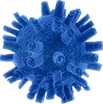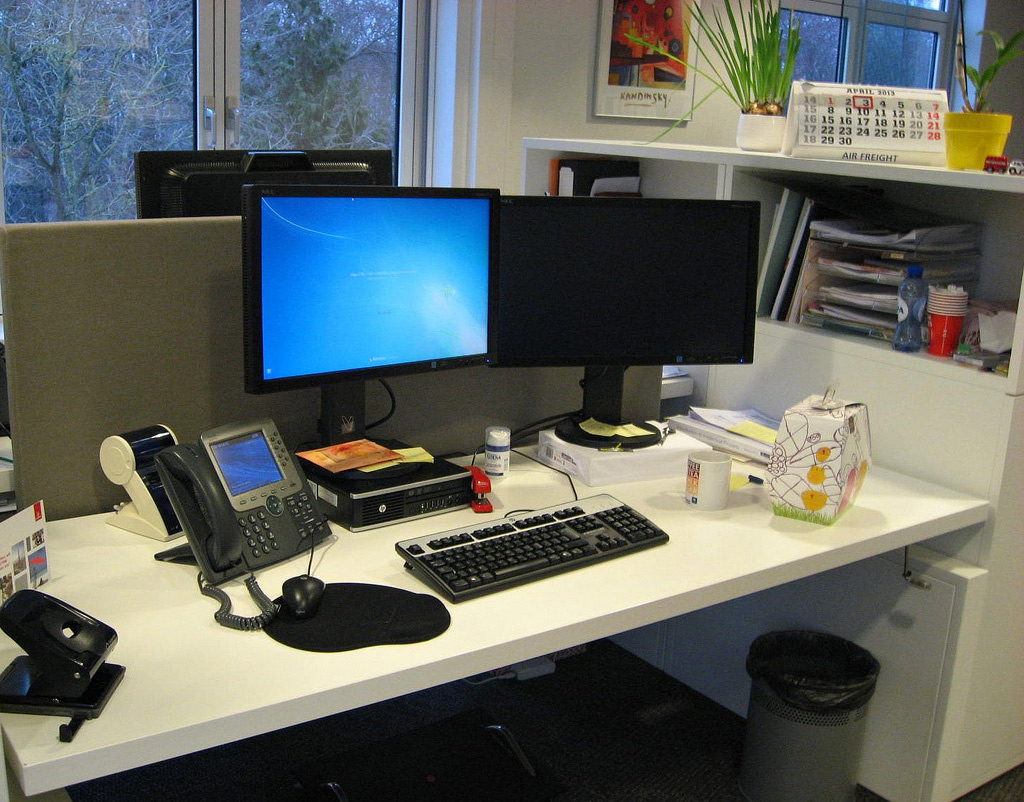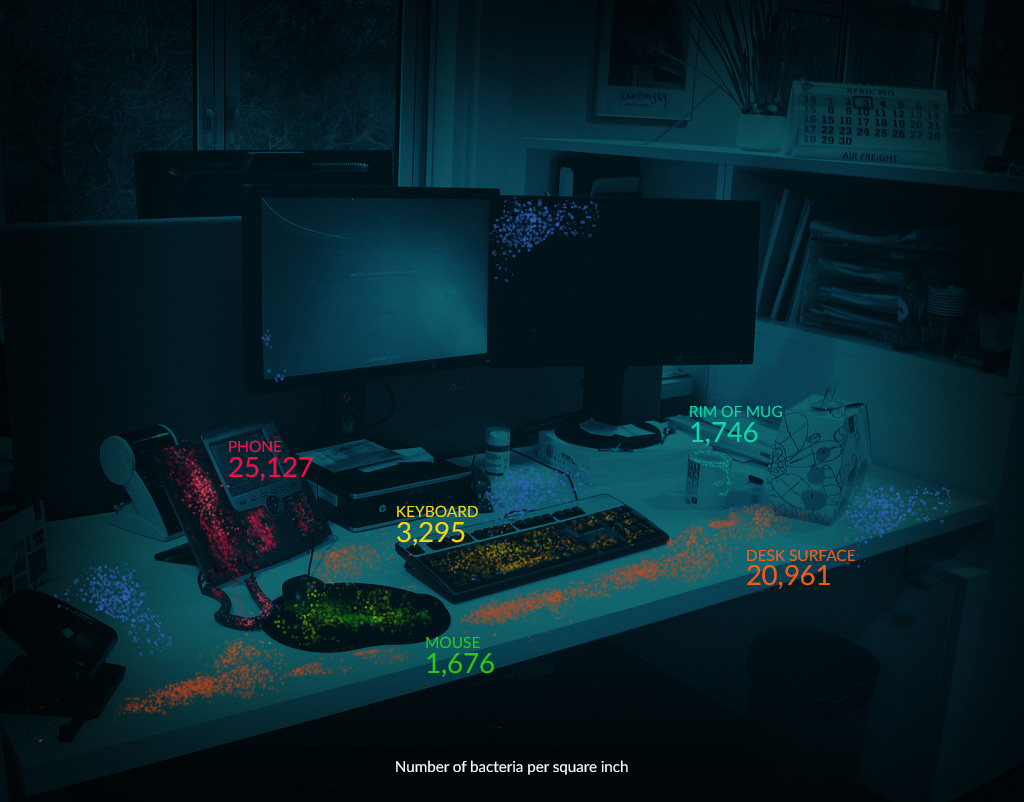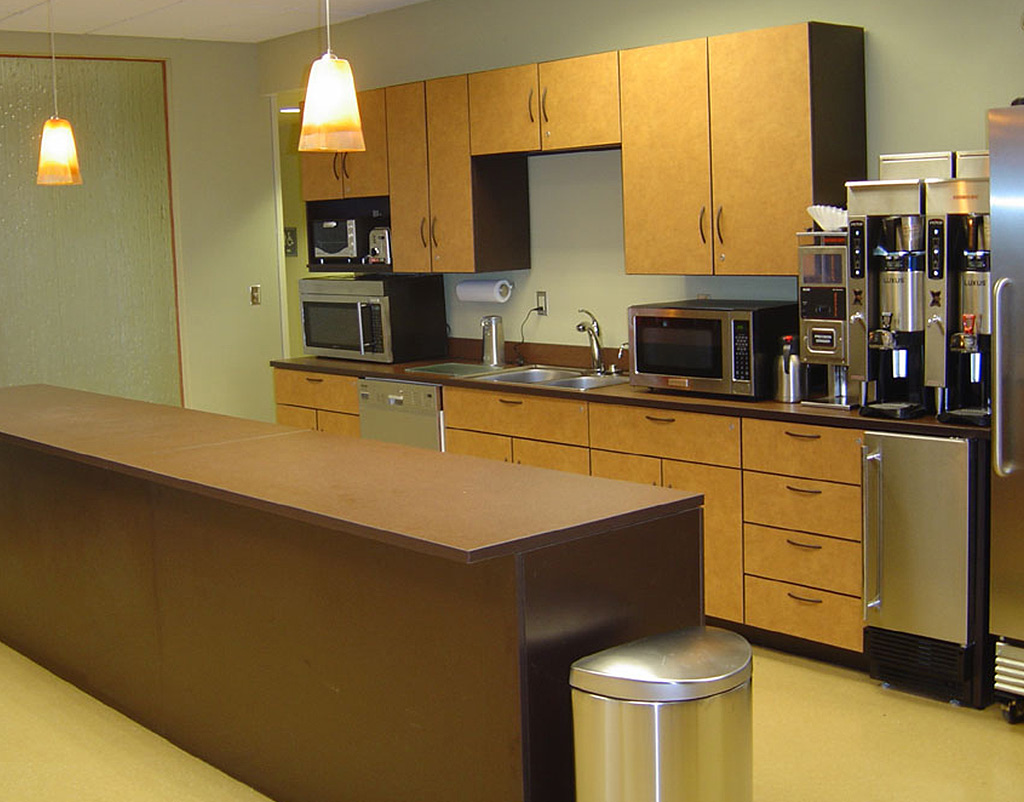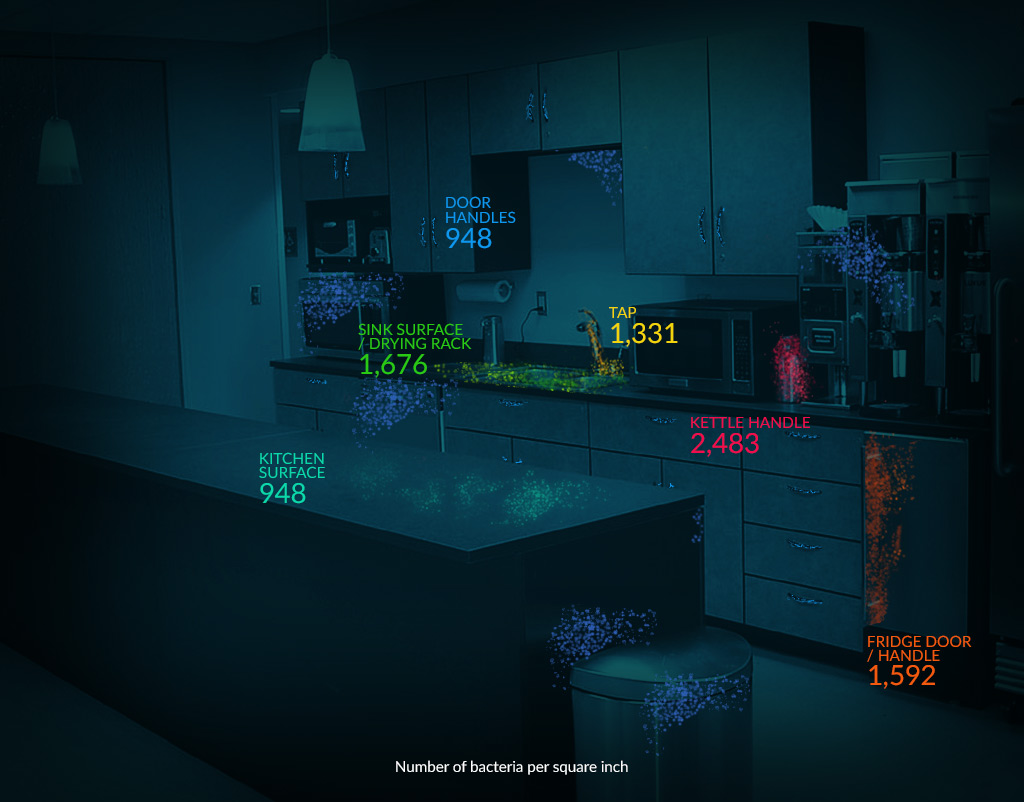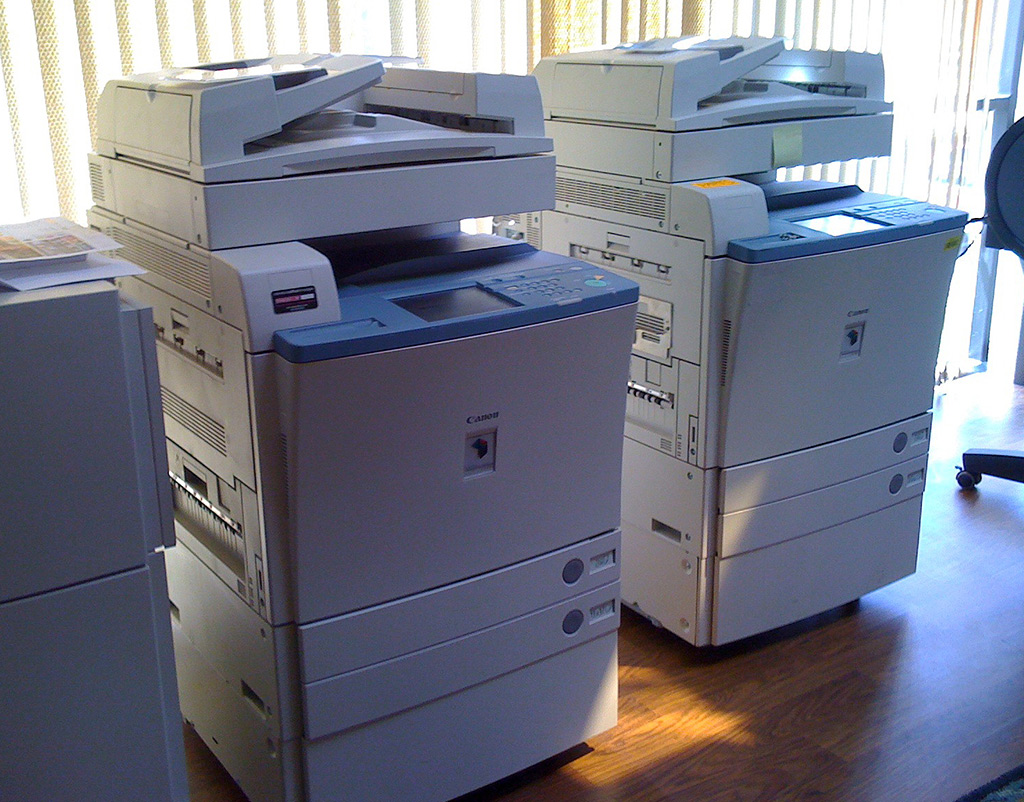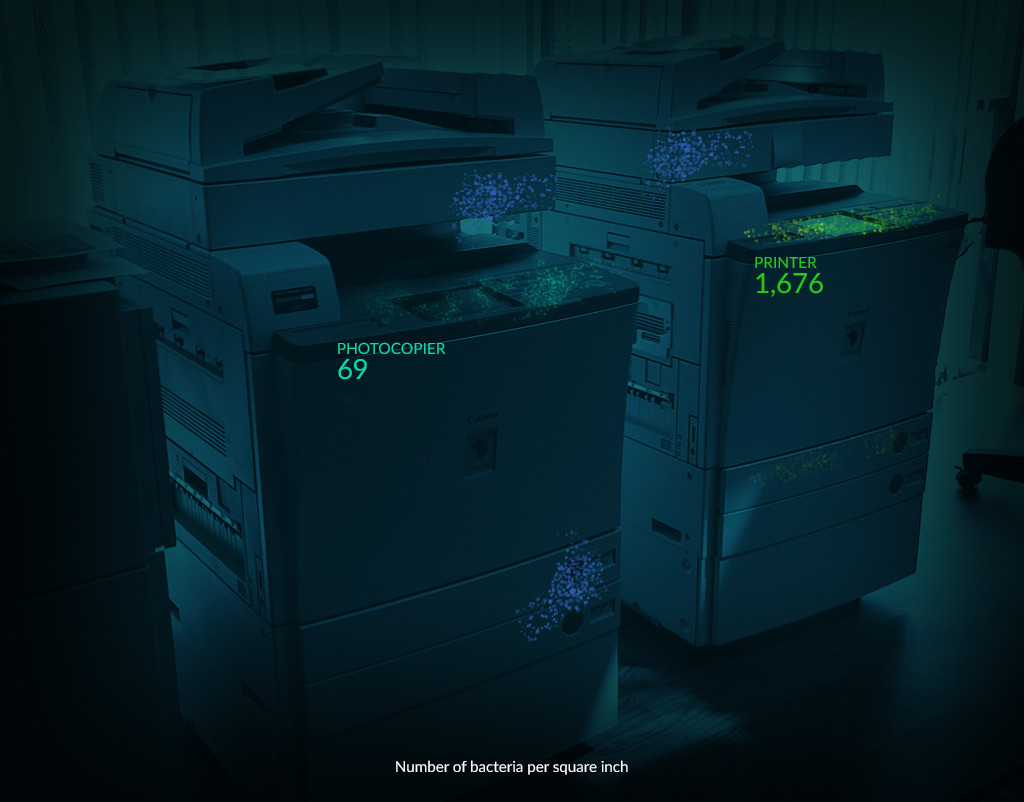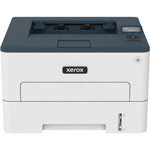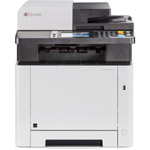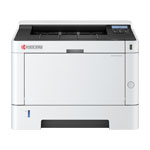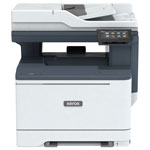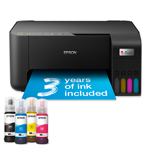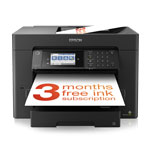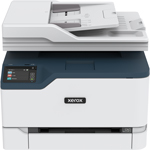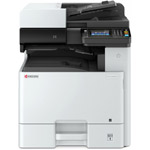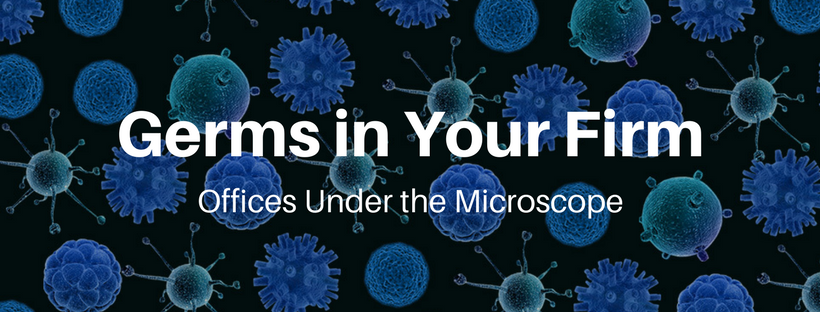
Germs in Your Firm
Offices Under the MicroscopeGetting sick is inevitable – something we all have to deal with at some point.
Whether simply a runny nose or a case of full-blown flu, illness can be extremely frustrating and is certainly not a situation that you would wish on your friends or co-workers.
Despite that, our new survey of 1,000 office workers found that over two thirds of workers put themselves at risk by not following recommended guidelines for how often to clean your workspace.
Bugs which lurk on your office phone and other supplies, are quite a prevalent issue, with two in three workers becoming ill after being exposed to their co-workers’ diseases.
However, one in ten employees admit to only cleaning their desk once a month, and a further 9% said their workstation never gets disinfected.
Each hygiene negligence can eventually add up, making the office a nest for nasty germs.
If you are wondering what types of germs are collecting in your keyboard and around the office, swipe across our visualisations below to reveal the hidden horrors that could be lurking on your desk.
Types of bacteria
Heterotrophic bacteria (or total bacteria)
Heterotrophic bacteria don’t relate directly to disease-causing bugs but rather a measure of how much bacteria an area is exposed to and how that compares to other sites around the office.
Escherichia coli (abbreviated to E. coli)
Escherichia coli are bacteria found in faecal matter. An E. coli infection (mainly caused by the E. coli O157 strain) can cause diarrhoea, vomiting, stomach cramps and a fever.
Helicobacter pylori
H. pylori – formerly known as Campylobacter pylori - can enter the body and make its way to your digestive tract. Once there, the germs can attack your stomach lining and small intestine. The bacteria can then cause the common ulcer. It is the cause of 95% of all ulcers.
Pseudomonas aeruginosa
This bacterium is commonly found in the sink and other areas that commonly encounter water. It can cause eye and ear infections in healthy people.
Staphylococcus aureus
Staphylococcus aureus are a group of bacteria which can cause diseases ranging from boils and abscesses through to food poisoning and toxic shock syndrome. These can be a result of direct infection by the Staphylococcus, or by harmful toxins being produced by the bacteria.
Desk area
As your desk area is somewhere that you spend a great deal of time, you may think that it would receive priority on maintenance.
However, this is not the case. Our new data shows that almost a fifth of offices are cleaned once a month or less. This makes it easy for undesirable bacteria to breed.
Consequently, the average desk harbours about 400 times more bacteria than the average toilet seat, with some of these bacteria types being incredibly harmful and contributing to the spread of disease.
And with 67% of workers having lunch ‘al desko’, that’s a whole lot of germs that can breed nasty infections.
This is reinforced through findings by the Royal College of GPs. Their research shows that flu admissions in the UK are up 150 per cent since the start of 2018.
use the image slider to uncover the bacteria
Phone
25,127 germs per square inch
One of the largest breeding grounds for germs, is unfortunately a feature that you can rarely avoid touching.
Your office phone gets used multiple times during the working day – the perfect place to harbour different types of bacteria – everything from Helicobacter pylori, to E- Coli.
While it is impossible to get rid of all these bacteria completely, you can help to stem the increase by cleaning your phone handset with antibacterial wipes or spray at least once a week.
Alongside this, you should occasionally dedicate some time to deep-cleaning your telephone with cotton buds and cleaner, to help rid the device of hard-to-reach germs.
Chairs
21,000 germs per square inch
You’ve probably never questioned how many germs may be sitting alongside you on your office chair, but the answer is an incredible amount.
This count will include both the seat and arms of your chair, so you can’t escape the risk of picking up germs such as Staphylococcus aureus.
You should aim to vacuum your office chair at least once a week and give it a deeper clean around once a month, which will not only leave it feeling fresher but reduce the build-up of bacteria.
How you clean your chair will depend on its type of upholstery fabric so be sure to check for cleaning instructions on the furniture tags to avoid any damage.
Desktop
20,961 germs per square inch
Your desktop is not only home to your essential office items and stationary, but to a whole host of bacteria and diseases.
As you are likely to place everything onto your desk at some point, whether it be your mobile phone, your pens or even your food, the bacteria here can pose quite a danger.
Letting your desk become a breeding ground for bugs means that you accidentally expose yourself to illness and disease, simply by doing your job.
With the common cold being the cause of 22% of UK sick days, and being easily spread around an office, it may be in your best interests to begin taking control of the germs in your work area.
A simple way to do this is to clean your desk at least twice a week.
Keyboard
3,295 germs per square inch
Your hands will be at your keyboard for the majority of the day, passing germs such as E-Coli onto the keys, where they can then stay and breed.
When you then go on to pick up food and drinks, this can be quite a risk for your health.
To prevent illness or infection, you should aim to clean your keyboard once a week, or every time you eat at your desk.
To clean, disconnect the keyboard from your computer and wipe with a damp microfiber cloth or anti-bacterial wipe. As well as this, be sure to clear out any dust or crumbs from beneath the keys with a can of compressed air.
Mouse
1,676 germs per square inch
Alongside your keyboard, your mouse is one of your desktop items that will gain the most use throughout the day.
As well as using it to navigate your computer, you will be passing hordes of bacteria between the mouse and your hands, which you can then pass onto other communal objects and vice versa.
To avoid this transfer of bacteria, you should aim to clean your mouse once every three weeks, making it harder for germs to settle and breed.
To clean, simply wipe the mouse with an antibacterial cloth.
Rim of a used mug
1,746 germs per square inch
As your mug will be touching your mouth, and you will be ingesting liquids from them, you should already be washing it with hot water and soap each day.
Around 90% of most office mugs harbour dangerous germs on their surface, and 20% of those carry faecal bacteria.
Professor of Environmental Microbiology at the University of Arizona, Charles Gerba, suggests that people should take their coffee mugs home to clean as often as possible. This is because people tend to do the washing up with communal sponges in an office setting, which quickly become loaded with harmful bacteria when they are left soaking or unrinsed.
Office kitchen
use the image slider to uncover the bacteria
Kettle handle
2,483 germs per square inch
You may think that a device which frequently boils water may be impossible for germs to breed, but the kitchen’s most frequently used tool is actually one of the most bacteria-riddled items you can find.
To keep germs at bay, you should clean the outside of your kettle once a week by wiping it with an anti-bacterial cleaner.
You should also descale the kettle every few months to prevent limescale build-up.
Fridge door handle
1,592 germs per square inch
Your fridge, which keeps all your food fresh is the last place you would want bacteria to form.
Avoid a barrage of bugs by giving the outside of your fridge a wipe with an antibacterial cleaner each week and deep clean the refrigerator every three months, to stop any unpleasant odours or germ.
Sugar container
1,406 germs per square inch
Just like office workers, bacteria love sugar.
To avoid germs taking over your sugar supply, empty the contents of the container into a bowl and wash the container with hot water and dish soap every few months.
Tap
1,331 germs per square inch
Though you may use your tap to clean other items, it is easy to forget that the tap itself may need cleaning from time to time.
If you avoid doing this for too long, a build-up of bacteria can occur and threaten the hygiene levels of your office kitchen.
To keep the number of germs down, and your kitchen a safe environment to prepare food and drink, you should thoroughly clean the sink once a week with hot water and soap.
Sink surface / Drying rack
1,234 germs per square inch
As with your tap, your sink surface and drying rack can get visibly grimy if not properly maintained. Along with this, bacteria and germs can begin to spread.
Thoroughly cleaning the sink once a week with hot water and soap will put a stop to this.
Kitchen top
948 germs per square inch
Your kitchen surface is used for preparing meals, with various forms of raw and cooked food, as well as cutlery, touching it throughout the day.
If you fail to keep this surface clean, you may be laying your lunch on a bed of bacteria.
Kitchen surfaces should be cleaned with a microfibre cloth or antibacterial wipe at the end of each day to reduce the risk of illness.
Cutlery drawer handle
754 germs per square inch
As your cutlery drawer handle will be touched by anybody wanting to access utensils and tuck into their lunch, it is unsurprising that employees’ hands can then pass germs onto it.
These germs will then be picked up by the next person to touch this, aiding the spread of bacteria and illness.
Along with all other handles and surfaces, this should be wiped over with a microfibre cloth or antibacterial wipe before home time every day.
Water cooler
2.7 million germs per square inch
Your water cooler will not only provide you with precious hydration, but a whole swarm of germs and bacteria.
As this feature is used by every member of your office on breaks throughout the day, it is crucial that the area is thoroughly cleaned with an antibacterial wipe to keep germ counts down.
Printer room
use the image slider to uncover the bacteria
Photocopier
69 germs per square inch
As your photocopier is used less frequently than your office phone, keyboard or mouse, you may think that it is not at risk of developing germs or bacteria.
While it is true that there are fewer germs found on this machine, they are certainly still present and can easily spread.
Therefore, it is important to wipe the machine down with a microfibre cloth or antibacterial wipe at least once a week.
Printer / Fax machine
301 germs per square inch
As with a photocopier, it is important not to neglect the cleaning of your photocopier or fax machine.
Doing this will keep the levels of bacteria living on the buttons and surface of the machine down, and work to reduce the spread of germs and disease in your office.
Disclaimer: This information is not medical advice, please speak to your doctor about prevention or treatment of illnesses or disease.
Sources:
https://www.shape.com/healthy-eating/diet-tips/5-surprising-reason-stop-eating-lunch-your-desk
https://www.express.co.uk/news/uk/734535/Britain-work-illness-winter-flu
https://www.thesun.co.uk/news/5377065/flu-causes-coughing-sneezing-breathing-near-someone-with-virus/
https://www.kitoutmyoffice.com/pages/how-clean-is-your-chair
https://www.today.com/series/how-often-should-you/how-often-you-should-clean-your-keyboard-right-way-do-t99721
https://lifehacker.com/psa-bring-your-office-coffee-mug-home-to-clean-it-regu-1786758728



